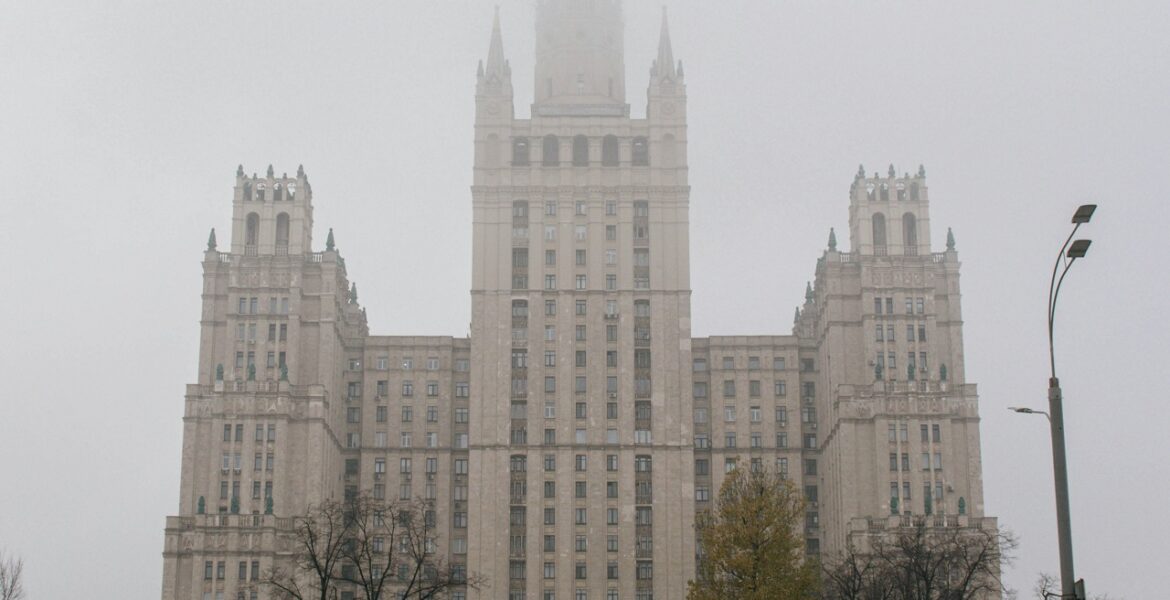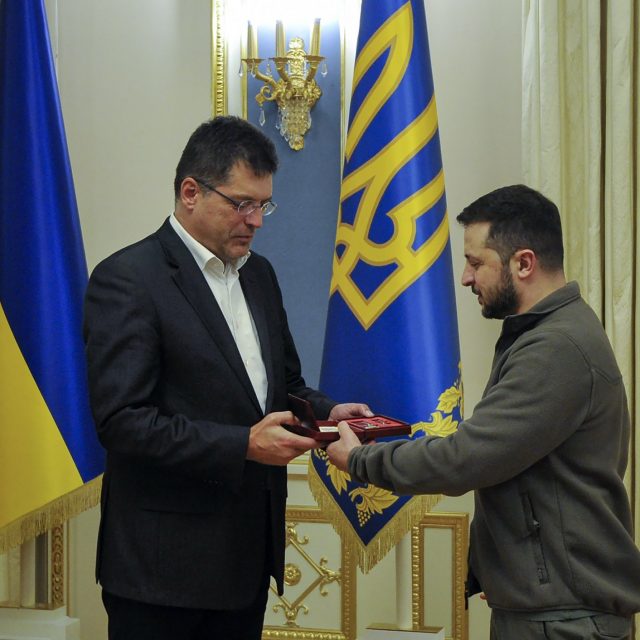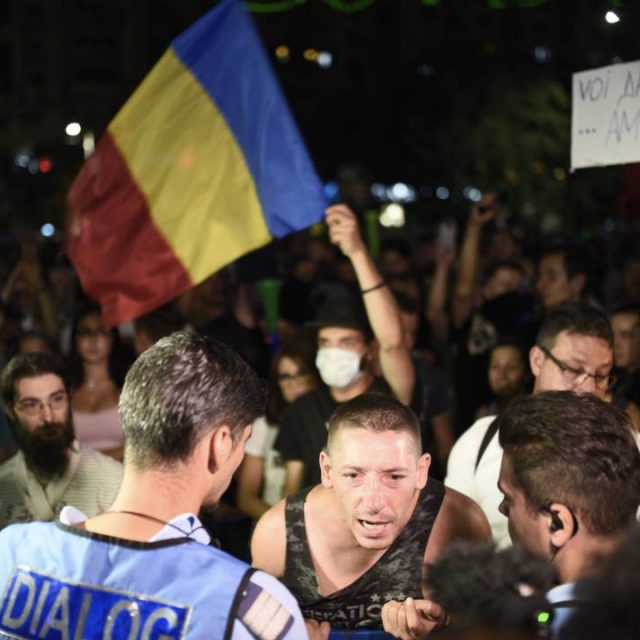Photo by Valeria Nikitina on Unsplash
On April 30, the Kremlin once again signalled its alleged readiness to negotiate an end to its war of invasion of Ukraine. Russian presidential spokesperson Dmitry Peskov announced that Moscow is open to talks without preconditions, provided they occur directly with Kyiv rather than via Washington. The statement came alongside a proposal for a symbolic three-day ceasefire from May 8 to 10, aligned with Russia’s Victory Day commemorations.
Yet in Kyiv, this gesture has raised more suspicion than hope. President Volodymyr Zelenskyy dismissed the proposal as manipulation, stressing: “To stop the war, there is no need to wait until May 8. Cease the strikes, stop the killings – and then seek a solution at the negotiating table.” Ukraine’s stance remains consistent: no negotiations while Russian missiles continue to fall.
The timing of Moscow’s offer is significant – not only due to its proximity to military escalation but also in the light of growing Western diplomatic activity. Last week in London, U.S. special envoy Keith Kellogg confirmed that Ukraine had agreed to a 22-point peace framework plan drafted by Washington. Kellogg described the talks as collaborative and said, the next move lies with Moscow. He also sharply criticised the proposed ceasefire as tactical and inadequate.
At the same time, the United States announced its first direct weapons transfer to Ukraine under the Trump administration, valued at $50 million. More notably for European policymakers, this step coincided with the launch of a new joint strategic development fund aimed at rebuilding Ukraine’s critical minerals sector, from extraction to export infrastructure. Both nations have agreed to reinvest profits into Ukraine’s long-term reconstruction for at least the next decade.
This evolving U.S. policy reflects a strategic pivot: support for Ukraine is not simply a wartime obligation, but a foundational element of the region’s post-war security and economic future. The message to Russia and Europe is clear: the West is not fatigued, and it is thinking beyond the next battle.
Nevertheless, Moscow’s military actions continue to cast a shadow over its diplomatic language. On April 29, a Russian drone strike on the northern city of Sumy killed several civilians – the latest in a series of indiscriminate attacks. Such incidents make it difficult for European observers to take Russia’s overtures at face value.
For European leaders, this moment presents a crucial dilemma. Are these peace signals from Moscow a genuine call for negotiations, or merely a geopolitical tactic aimed at freezing the front lines?
Given the duality of war rhetoric and peace proposals, the European Union and its allies must remain cautious. Any peace process must adhere strictly to international law and reject the normalisation of territorial aggression. Europe’s history has shown the cost of appeasement.
A just and lasting peace cannot be achieved through symbolic truces or one-sided conditions. It requires a verifiable cessation of hostilities, full respect for Ukraine’s sovereignty, and accountability for war crimes. Anything less would undermine Europe’s collective security – and erode trust in diplomacy as a tool for conflict resolution.




